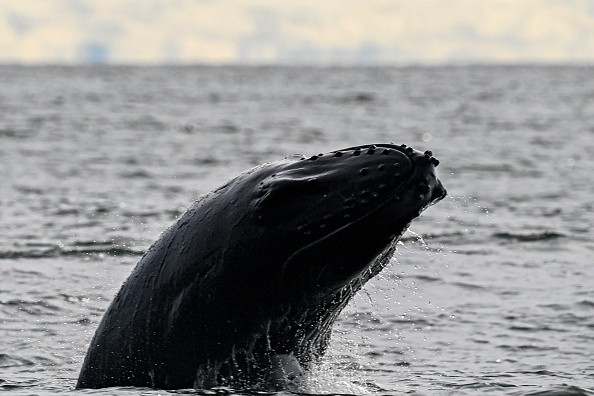Growing old is something that no one wants to think about. Despite our various attempts to avoid or delay the aging process, it appears to be an unavoidable aspect of life.
While there are strategies to reduce (or speed) the onset of senescence, it will nonetheless happen one way or another. Only a few animals, however, are immune to the aging process, as per Reader's Digest.
Here are some animals that can age longer

Turritopsis dohrnii
Only one species has been labeled as "biologically immortal" so far,the jellyfish Turritopsis dohrnii.
These tiny, translucent creatures, which can go back in time by returning to a previous stage of their life cycle, may be found in seas all over the world.
A fertilized egg starts a new jellyfish life, which develops into a larval stage known as a planula.
After a little swim, the planula attaches itself to a surface such as a rock, the ocean floor, or the hull of a boat and develops into a polyp, which is a tube-like formation with a mouth on one end and a 'foot' on the other.
It stays put for a long time, eventually growing into a tiny colony of polyps that exchange tube feeding.
Ever growing lobsters
The scientific community is divided on whether these red ocean dwellers are physiologically immortal species; sickness, not old age, is the most prevalent cause of death, and they grow and breed until they die though not with the same spouse, as these lifelong monogamous mammals do.
According to Smithsonian, one lobster caught off the coast of Newfoundland was believed to be 140 years old, although most males live until their early 30s, while females live an average of 54 years.
Hydra
Hydra has a tubular body with a tentacle-ringed mouth on one end and a sticky foot on the other, similar to the polyp stage of a jellyfish (which makes sense considering that jellyfish and Hydra are both in the class Cnidaria), as per Science.
They're fairly basic critters that spend most of their days in freshwater ponds or rivers, where they use their stinging tentacles to seize any prey that swims by.
They don't appear to experience senescence in any way. Instead of degrading with time, a Hydra's stem cells have the ability to self-renew indefinitely.
This appears to be due to a group of genes known as FoxO genes, which are found in species ranging from worms to people and play a role in determining how long cells live.
There appears to be an excess of FoxO gene expression in Hydra's stem cells.
When scientists stopped the FoxO genes from working, Hydra's cells began to age and no longer reproduce as they used to.
Flatworms
Such creepy crawlers also called as planarian worms are well-known for their ability to regenerate, since a worm sliced across or lengthwise can split into two independent worms.
According to a University of Nottingham study, this seemingly unlimited rejuvenation also extended to aging and injured tissue, enabling the worms to live eternally without dying.
Whales
The bowhead whale is the oldest living creature, while not being truly immortal. According to Popular Science, certain types of whales have indeed been expected to exist for more than 70 years, but scientists discovered scars on the massive creatures in the 1990s caused by weaponry used in the 1800s.
The world's oldest bowhead survived for 211 years.
© 2025 NatureWorldNews.com All rights reserved. Do not reproduce without permission.





